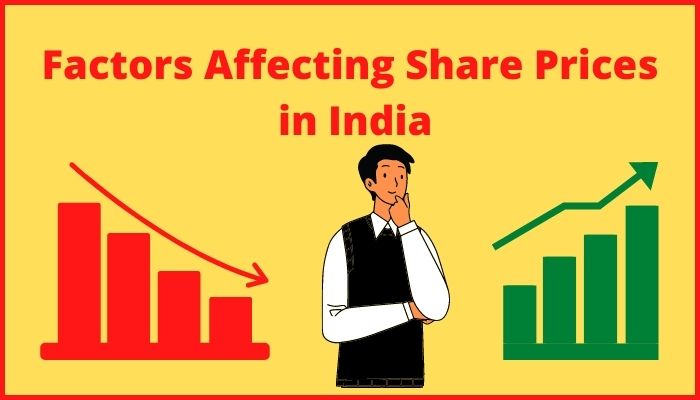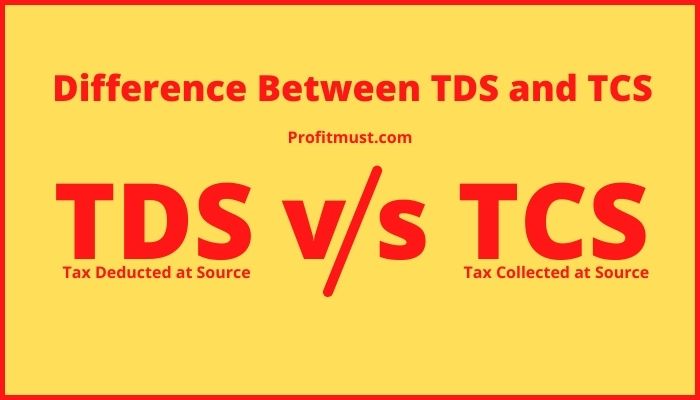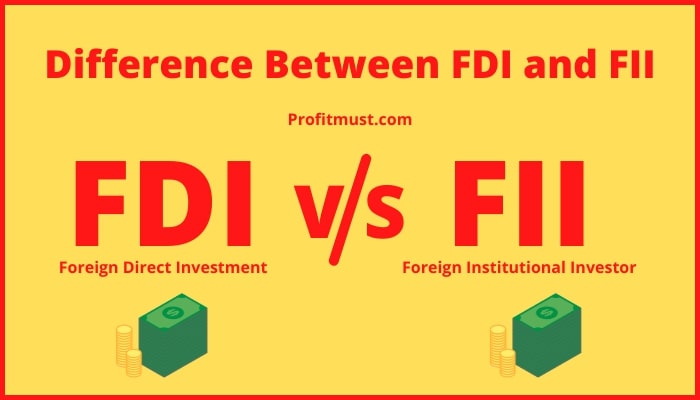In economics, there is a concept called deflation that is often used. Do you know what this word means? In principle, deflation refers to a time in which the price of products falls but the worth of currency rises. Let’s discuss deflation in this post, including the types of Deflation, and how to handle it.
Table of Contents
What is Deflation?
Deflation is defined as a significant drop in prices across the economy. It’s linked to a decline in the economy’s credit and capital supply. As a consequence, the buying power of the currency continuously increases.
A basic rise in production or technological breakthroughs might also contribute to deflation. Even if actual rates do not change much as a result of deflation, the corresponding nominal costs for labor, capital, goods, and services decrease.
On the surface, deflation appears to be good to buyers because the same basic income now has more buying power. Nevertheless, the impact of deflation on many industries can be negative for lenders, who will be required to return more money with a higher value than the original loan.

Types of Deflation
There are 2 types of deflation: strategic and circulation deflation. Here’s each of the deflation types is explained:
-
Strategic Deflation
Strategic deflation can develop as a result of the country’s implementation of monetary policy aimed at reducing the signs of overconsumption in the population. Where the frequency of overconsumption might prevent the market cost of the product from rising.
This strategy does not prevent overconsumption between the general public, but it does have an effect on value declines, which will lead to increased spending throughout the general public. Interest rate reduction strategies conducted by the government and central banks generate strategic deflation.
Consumers will be able to obtain a variety of loans from the bank as a result of this policy. Furthermore, producers will put their cash in the bank in order to earn a high rate of interest during strategic deflation.
-
Circulation Deflation
This type of deflation occurs when a nation’s economic circumstances are uncertain. When the transitional phase of a balanced economy hits a snag, circulation deflation arises. Scenarios like this will undoubtedly cause concern among the general populace.
The beginning of circulation deflation is a considerable reduction in people’s requirements for economic products. Furthermore, there is the manufacturing of identical types of commodities in similar amounts, which is considered excessive. This could lead to a significant drop in the cost of goods in the future.
The Effect of Deflation
When Deflation takes place in a country, It will definitely have a consequence. Deflation might have either a beneficial or bad impact in this scenario. Here’s each of deflation types effects is explained.
-
Positive Effects
Deflation has certain advantages for a nation. The development of deflation will improve the currency’s value while also raising public knowledge around the significance of saving. Saving actions will undoubtedly make it easier for someone to meet their wants in the future. Furthermore, deflation will cause the general population to save more when buying for different requirements.
-
Negative Effects
Deflation in a country will almost definitely have a variety of negative consequences. Deflation causes a firm’s or corporation’s revenue to fall. This will have a cascading effect on others, including huge job layoffs and a rising unemployment rate. Deflation will also result in a drop in stock values and other investments.
Deflation Factors
Deflation can be triggered by a variety of factors. The following are the reasons for deflation for both strategic deflation & Circulation Deflation :
-
Bank offers
With banks offering high-interest rates, money circulation among the general people will decline. Based on this option, many individuals will maintain some funds in the account.
-
Excessive Production
Owing to the high level of consumption in the market, product supplies will increase. In fact, a rise in commodities supplies will result in a country’s deflation.
-
Monetary Policy
The rules put into effect by the authorities or central bank are also a component in the likelihood of this. If the central bank adopts policies that result in strong interest rates, the people will keep a little of their funds in the account in this scenario. Naturally, this will reduce the amount of cash in circulation in the society.
-
Raise in Supply
Firms will battle to boost supply of similar goods in order to reach a large number of customers. Later on, the business will employ a variety of tactics in order to keep pricing as low as feasible. This will very probably have a role in it.
-
Downfall in Demand
When producing a significant variety of products, the producer does not use an exact estimation of the production amount. As a result, the producer can plan the production amount to fit the client’s needs.
How to Handle Deflation?
Dealing with the development of deflation in a nation can be handled in a variety of approaches. Here are a few approaches that can be used to cope with it:
-
Decease Interest Rates
Individuals will keep their funds in the bank if interest rates are high. Because money circulation declines, this will almost probably result in deflation. As a result, interest rates must be reduced in order for money circulation to expand.
-
Monetary Policy Changes
This policy is frequently implemented by central banks like RBI in order to promote public money circulation. There will be a reduction rate strategy with this monetary policy. This is a move toward lower interest rates. In order for customers to withdraw funds from the account.
-
Fiscal Policy
The government has a responsibility to play in selecting the appropriate fiscal policy to improve a country’s economic circumstances. This can be accomplished by renewing current expenditures.
-
Non-monetary policy
Non-monetary policy is the best strategy to boost money circulation across the general populace. This allows it to be promptly terminated.
Things to Keep in Mind When Deflation Arise
There are certain things you can do if inflation arises. Here are a few suggestions for dealing with deflation:
-
Funds of Crisis
Deflation in a nation will almost likely have an effect on businesses, from bankruptcy to mass layoffs. It is critical to set up a crisis fund for 6-7 months of living needs. When a nation experiences economic troubles, having an emergency fund helps ensure that you are not affected.

-
Avoid Shopping of Unnecessary Things
When this happens, there will be circumstances in which the prices of items will fall. Nevertheless, you must commit to purchasing any necessary materials or necessities. It is preferable to hold funds as a precaution against unpredictably fluctuating economic conditions.
-
Investment
When something like this occurs, you must be able to search for all available investment alternatives. When you invest in assets, it becomes a suggestion for you to perform more investment actions. This is due to the fact that asset investments are more liquid and have a lower risk level than other types of investments.
-
Part-time Job
A part-time job, often known as a second job, is a work that can be done in addition to your regular responsibilities to supplement your income. When the time comes, this could be a viable option for raising funds.
Difference Between Deflation & Inflation
Deflation and inflation are two concepts that are connected to one another. However, there are significant differences between them.
Inflation Vs Deflation
When it comes to the definition, it can be characterized as a situation in which the prices of things continue to fall over time. In the meantime, inflation is defined as an increase in the price of products that occurs over a long period of time.
Then, the next differences can be seen based on the reason. If this is caused by a drop in public money circulation, whereas inflation is caused by an increase in public money circulation.
Meanwhile, the impact of these two concepts reveals the additional contrasts between them. This will result in a number of things, including an increase in the unemployment rate. Meanwhile, inflation has a negative impact on the community’s purchasing activity.
What Is the Significance of Deflation?
While deflation is the polar opposite of inflation, its consequences can be just as damaging. Because deflation, like inflation, can become a vicious cycle, the entire economy might be harmed.
When rates in the economy continue to fall, people hold off on making purchases until prices reach an optimal level. As a result, demand tends to fall, adding to more deflation.
The entire economy might come to a halt, putting innovation and economic growth on hold. Individuals also have to make strong financial planning when it comes to expecting deflation in their nation.

Conclusion
Deflation is a phenomenon in which the price of products falls while the value of the nation’s currency rises over a period of time. This will almost definitely turn a nation’s economic situation insecure.
This is all from our side regarding Types of Deflation. Let us know your views About deflation types in the comment section.
Other interesting Blogs related to the Types of Deflation:
Frequently Asked Questions About Types of Deflation in Economics
What are the main types of deflation?
Strategic Deflation and Circulation Deflation are two main types of Deflation.
What are the 3 causes of deflation?
Fall in the money supply, Increase in supply and Decrease in Demand are the 3 causes of deflation.
What are the types of inflation and deflation?
Hyperinflation is defined as a period of rapidly growing inflation, whereas stagflation is defined as a period of rapidly rising inflation combined with slow economic development and significant unemployment. Deflation occurs when prices fall sharply as a result of an excessively high money supply or a decrease in consumer expenditure; reduced prices mean corporations earn less and may have to lay off workers.
Is disinflation the same as deflation?
Deflation refers to a drop in overall price levels across an economy, but disinflation occurs when price inflation stops momentarily. Whereas Disinflation, on the other hand, depicts the rate at which inflation has changed over time. The rate of inflation is decreasing over time, yet it is still positive.
What are the 5 causes of deflation?
Shortfall in money supply, Decline in confidence, Lower production costs, Technological advances and Increase in unemployment are 5 Major causes of Deflation.

